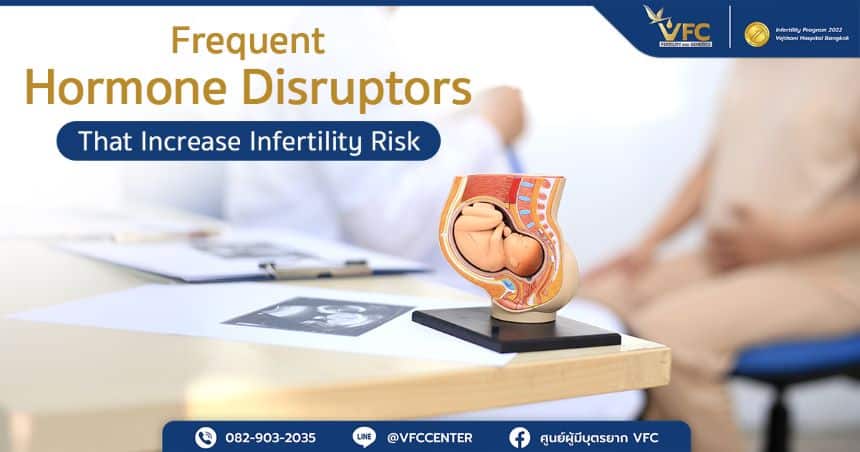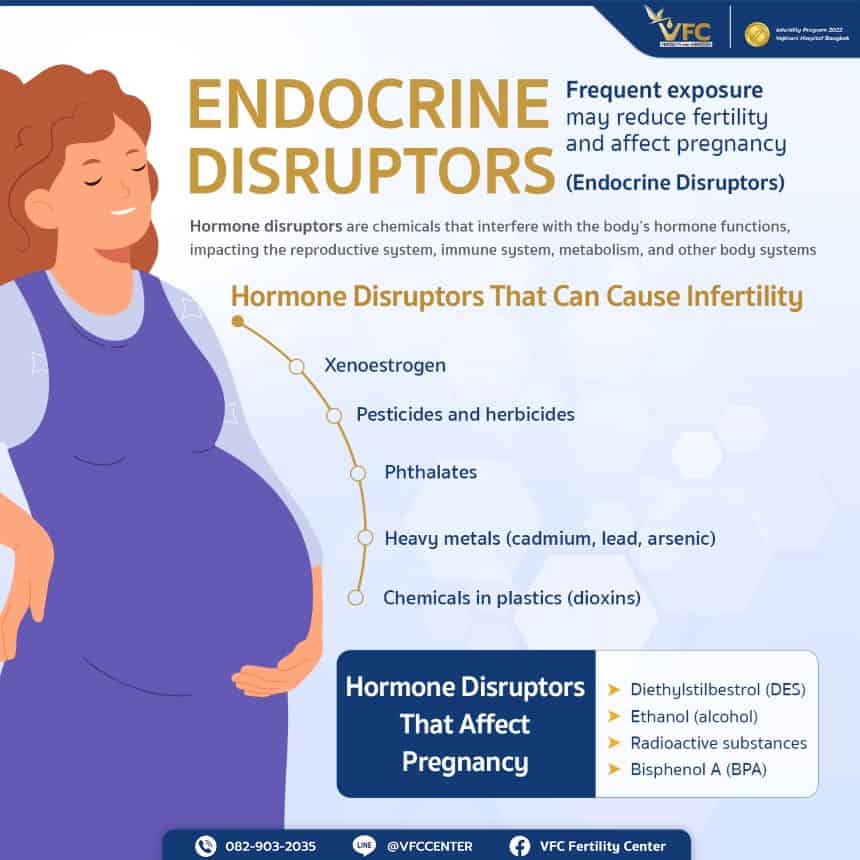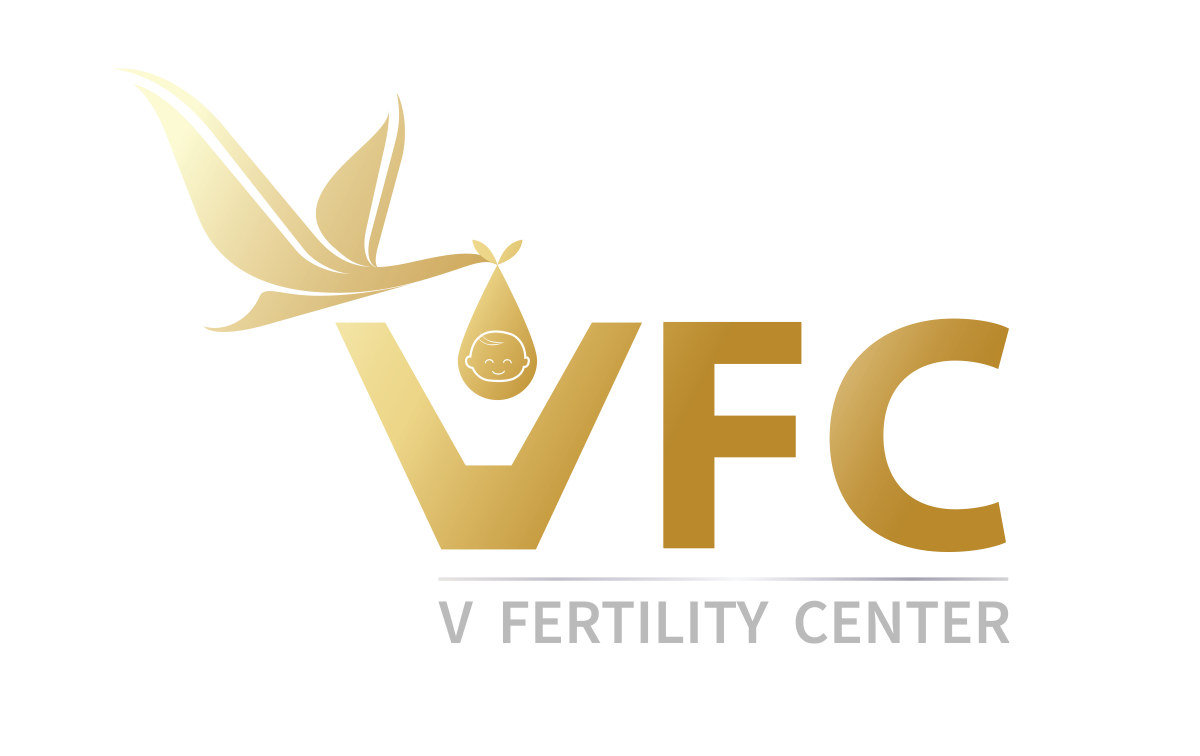
Daily exposure to chemicals in our environment can have significant and often overlooked effects, especially hormone disruptors (Endocrine Disruptors). These substances interfere with the body’s hormonal functions, impacting the reproductive system and overall health. In many cases, they are also a contributing factor that increases the risk of infertility in both men and women, a problem many people face unknowingly.
What Are Hormone Disruptors (Endocrine Disruptors)?
Hormone disruptors, or Endocrine Disruptors, are chemicals that interfere with the endocrine system in humans and animals. The endocrine system produces hormones that regulate essential bodily processes, including growth, metabolism, reproduction, and behavior. Disruption of these processes can be a major cause of infertility in both men and women, as well as having long-term impacts on general health.
How Hormone Disruptors Work
These substances act by binding to hormone receptors, creating effects in the body and sometimes passing impacts to the next generation. Some disruptors mimic natural hormones, causing abnormal signaling in the body.
In other cases, disruptors may inhibit hormone activity, preventing the body from responding normally. Certain chemicals can also interfere with hormone synthesis or breakdown, leading to abnormal hormone levels.
The effects of hormone disruptors extend across multiple body systems, particularly the reproductive system, growth, nervous system, immune system, and metabolism. The severity depends on dosage, duration of exposure, and age at exposure. Understanding and avoiding these chemicals can reduce the risk of bodily dysfunction.

Hormone Disruptors That Cause Infertility
As mentioned, hormone disruptors affect more than just the reproductive system—they can also impair growth, the nervous system, the immune system, and metabolism. Substances that disrupt reproductive function specifically can increase the risk of infertility, particularly the following:
1. Xenoestrogen
Synthetic chemicals that mimic estrogen in the human body. They bind to hormone receptors and disrupt hormonal balance. Found in certain plastics, cosmetics, paints, cleaning products, and pesticides, xenoestrogens reduce egg and sperm quality, increasing the risk of ovulation disorders, endometriosis, ovarian cysts, and some cancers.
2. Pesticides and Herbicides
Common agricultural chemicals, such as organochlorines, organophosphates, pyrethroids, and glyphosate. Exposure occurs directly or indirectly through contaminated fruits, vegetables, water, and air. These chemicals interfere with hormones regulating ovulation and gamete production, reducing sperm count and quality, causing abnormal ovulation, poor egg quality, infertility, and miscarriage.
3. Phthalates
Found in flexible plastics like PVC, food packaging, children’s toys, and some personal care products. Phthalates disrupt estrogen and progesterone production, affecting egg and sperm quality, ovulation, and endometrial development. Higher exposure increases the risk of infertility and miscarriage.
4. Heavy Metals
- Cadmium: Found in cigarettes, seafood, rice, certain vegetables, mining, and industrial activities. Causes irregular menstrual cycles, ovulation issues, and implantation problems.
- Lead: Often contaminates drinking water. High exposure in women reduces egg quality and quantity, lowering pregnancy success rates.
- Arsenic: Found in water, vegetables, and seafood. Reduces testosterone levels and affects egg development, making conception more difficult.
5. Dioxins (Chemicals in Plastics)
Produced during combustion, chemical manufacturing, and in some plastics. These accumulate in the body over time, reducing male reproductive cell quality and impairing ovarian function, lowering egg count and hindering embryo implantation.

Hormone Disruptors That Affect Pregnancy
Beyond reproductive issues, certain hormone disruptors are particularly harmful during pregnancy. Pregnant women should avoid these chemicals to reduce risk:
1. Diethylstilbestrol (DES)
A synthetic hormone once used to prevent miscarriage. Later found to affect both pregnant women and infants:
- Increases risk of vaginal and cervical cancer in female infants
- Causes abnormal reproductive organ development in female infants (e.g., short vagina, abnormal uterus)
- Raises risk of miscarriage, preterm birth, and fetal death
2. Ethanol (Alcohol)
Alcohol is a potent hormone disruptor. Drinking during pregnancy increases the risk of birth defects, preterm delivery, low birth weight, abnormal brain and nervous system development, and long-term cognitive impairments in children.
3. Radioactive Substances
Found in cancer radiation therapy and the environment. Can cause severe congenital abnormalities, increased risk of blood disorders and cancers in infants, and may induce miscarriage if exposure occurs during the first 2-5 weeks of pregnancy.
4. Bisphenol A (BPA)
Used in plastics and resins (water bottles, toys, household items). Mimics estrogen, causing premature placental detachment and affecting fetal development. May lead to preterm birth, low birth weight, preeclampsia, or miscarriage.
Avoiding harmful hormone disruptors can reduce the risk of infertility and adverse pregnancy outcomes. Couples planning for pregnancy should prepare both physically and mentally. For those wondering where to receive comprehensive fertility evaluations, the VFC Center (V Fertility Center), an infertility clinic in Thailand, provides guidance on pregnancy planning, infertility treatment options, and support to maximize the chances of conception, with care delivered by experienced obstetricians and staff.
Article by Dr. Worawat Siripoon
Contact or Book a Consultation:
VFC Center – V-Fertility Center
Hotline: 082-903-2035
LINE Official: @vfccenter

OBSTETRICS AND GYNAECOLOGY-REPRODUCTIVE MEDICINE





No Comments
Sorry, the comment form is closed at this time.